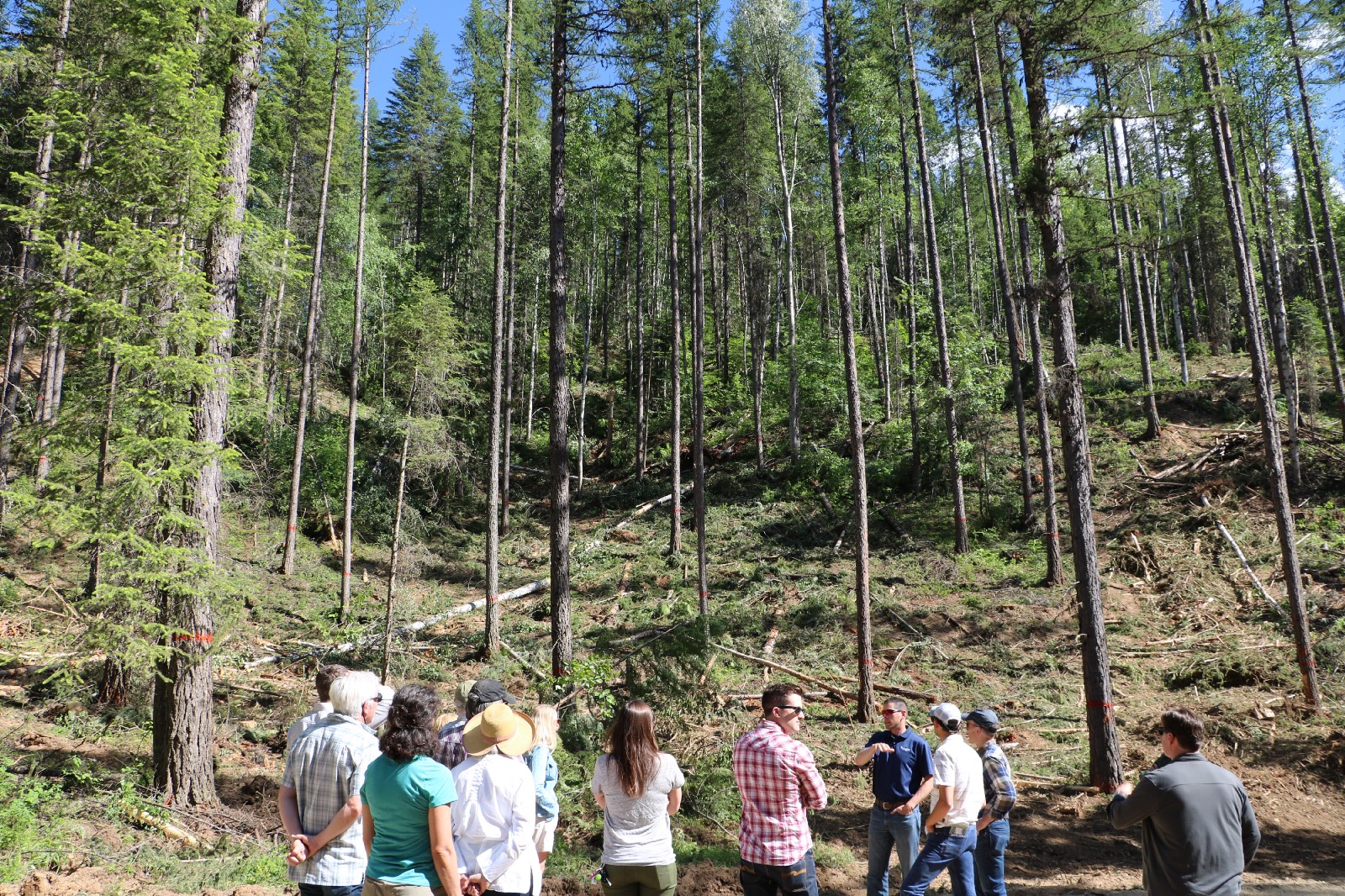What’s your interest?
Posted: January 25, 2018Source: Medium by Russ Vaagen

Collaboration at work after the project has been activelymanaged
Do you know the difference between interests and positions? Have you ever thought about why that might be helpful in your life or business? Knowing the difference between the two and how to apply it can be transformative. You see, they seem similar, but they are very different.
Being able to break down someone’s position into an interest allows you to find common ground. Positions tend to be rigid and deep-seated. If you start a business negotiation and the two parties have clearly defined positions there are two potential outcomes. The most obvious is that a deal cannot be reached. The second and very common result is some variation of splitting the difference. If you have ever read Chris Voss’s book, “Never Split the Difference” this may sound familiar.
The point is that if you stick with predetermined positions in a negotiation or collaborative discussion you will either get nowhere or something less than what you’re hoping for. I have done a great deal of collaborative work over the last 15 years with conservation groups and the forest industry. That’s right, environmentalist hippies vs. the evil loggers. If focused energy on interests works in this case, why wouldn’t it work for you?
Let me explain a little more about the forest collaboration. When we first started, the basis of the conversation was something like this:
The forest industry was a shell of what it once was with only a few remaining mills struggling to get raw material; logs. Environmental groups had been effective in nearly stopping harvest on federal lands using lawsuits and objections, but the forests were now in declining health. So my father, called a meeting with some of the regional environmental representatives and asked if they wanted to talk about how both sides could get more. His idea was simple, break the National Forests up into three allocations. A third for active management that would supply logs to the mills, a middle third that would be managed to restore the landscape to an agreed upon healthy condition, and the remaining third to be wilderness or some sort of protected status.
This was met with agreement and started a collaborative group tasked with executing this new idea. The meetings were positive, but we still struggled to get on the same page. We had forest managers that wanted to talk about how great logging was. Simultaneously, the conservationists wanted to talk about how important wilderness was. So here you have what look like two separate positions that are mutually exclusive to one another. This could have easily dissolved into an impasse.
The group persevered and pressed onward. Not too long after, with the help of the Forest Service, we hired a consultant to conduct “Collaborative Training.” These training seminars rarely provide the lasting impact that you hope for when they begin. This would be an exception. It was here where we learned about how to get to interests rather than positions. It sounds simple, but there is magic in doing this.
What this group realized is that we shared the interest of healthy forests, clean water, healthy wildlife habitat, outdoor recreation, healthy communities, wild places, and sustainable rural economies. This seems diametrically opposed to the positions of “Wilderness vs. Logging,” but it’s not. We now had the foundation for years of conversation that would lead to honest dialog, earned respect, and ultimately trust. This group called the Northeast Washington Forestry Coalition has come up with incredible documented agreements. This has led to consensus on many forestry projects, support of protected landscapes, and even resulted in the diverse membership traveling to Washington DC to talk with elected and appointed officials about what needs to be done on the landscape. This group is consistently seen as a model for collaboration from other groups around the country.
Can you see how this simple shift from standing for positions to focusing on interests changed the outcome? How could you use this in your next difficult negotiation in business or even at home with a loved one? When we couple the pursuit of shared interests with a mentality of abundance we can develop results that are truly amazing. No longer do we need to search for winners and losers.
The other thing that happens as a result of these efforts is a shared trust and support. Once you develop a decision on something you support it, even if it isn’t your issue. The buy-in created by collaborative agreement becomes so strong that you can’t help but stand up for the decisions of the group. You come to know that if you want more of what you want its incumbent upon you to support others to get more of what they want. This isn’t a special agreement where you gang up on someone with another position. By focusing on abundance we can try to find creative ways to get everyone more of what they want.
In the example of the forest collaborative, we were able to come up with a number of alternative plans that result in more material to the mills, healthier forests that are resilient to wildfire, more acres protected by wilderness and other designations, better and expanded recreational opportunities, improved grazing, more abundant wildlife habitat as well as many others. The group consistently has members of the forest industry talking about the need for more protection of the backcountry while members of the conservation groups tout the importance of active forest management.
Could you support someone else to get more of what they want if that meant you getting more of what you want? I’m sure you could. Sometimes it just takes a new perspective, some patience, and empathy. Remember to focus on your interests rather than getting hung up on positions. You just might find that there’s more for all sides when you do.
